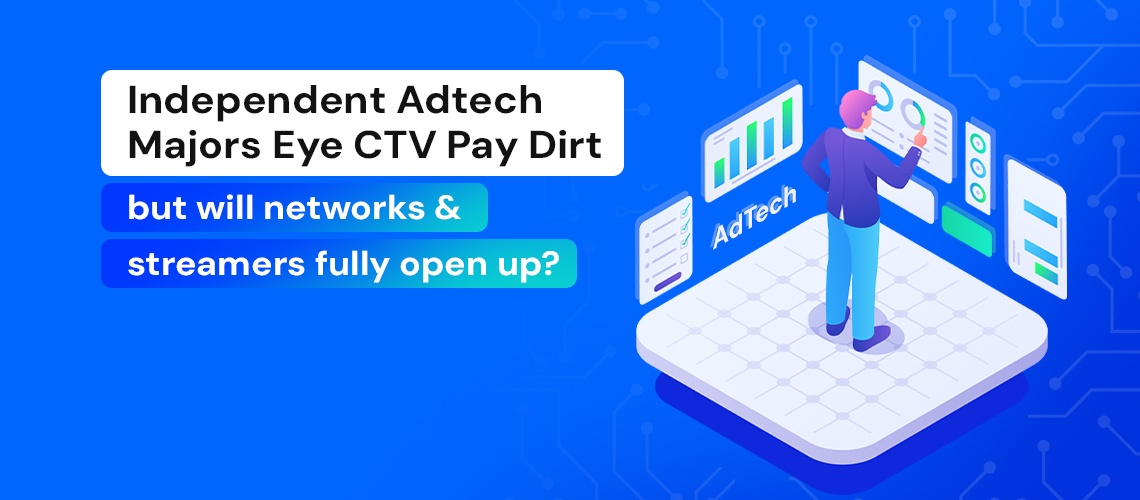
Independent AdTech Majors Eye CTV Pay Dirt – But Will Networks and Streamers Fully Open Up?
November 28, 2023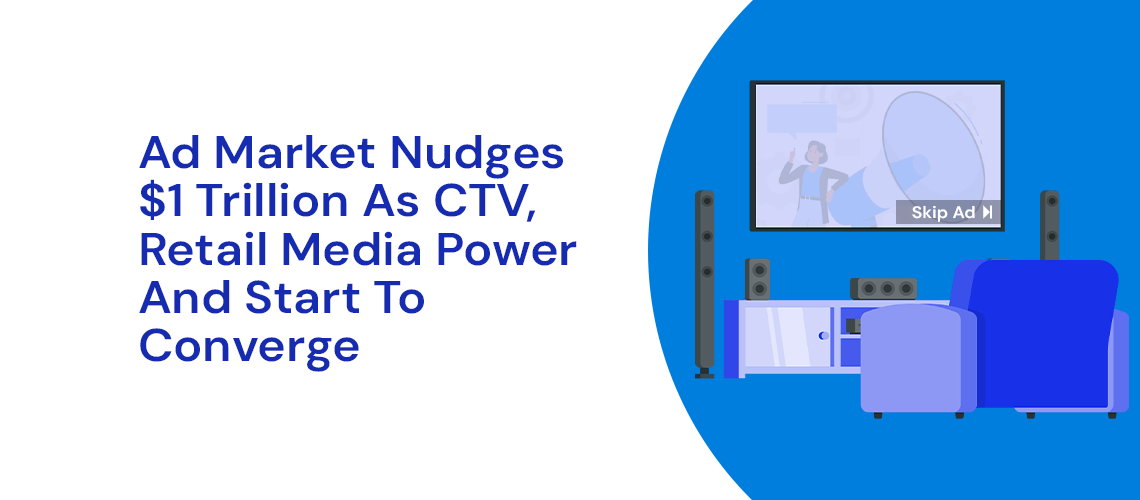
Ad Market Nudges $1 Trillion as CTV, Retail Media Power And Start To Converge
July 10, 2024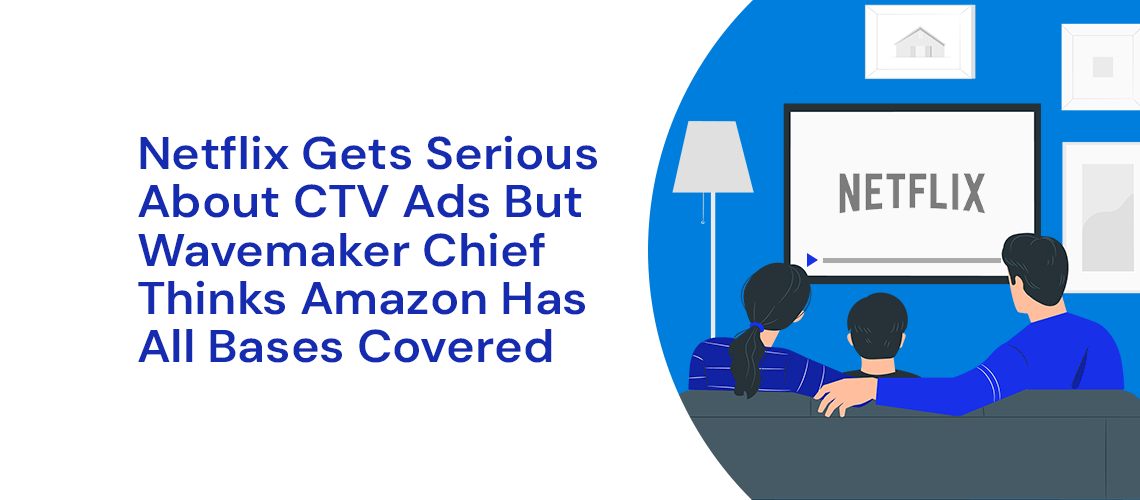
Netflix is ending its relationship with Microsoft and bringing adtech in-house. It's plumped for programmatic partnerships with The Trade Desk, Google's DV 360, and Magnite as the streamer starts to accumulate scale within its ad tier.
But it’s giving itself plenty of headroom to get the operation running smoothly before hitting the market – the company said the in-house unit will be live by the end of 2025.
According to advertising boss Amy Reinhard, who swapped studio operations to lead the ads tier - 8X growth in the last 12 months. She told advertisers at its upfronts in mid May that around 40% of subscribers in countries where it runs ads are opting for the cheaper tier. In January this year Netflix said it had 23 million monthly users on its ad tier - which means it added another 17 million in four months. If it can maintain that run rate, Netflix could end the calendar year with north of 70 million subscribers for advertisers to target.
The company has not yet broken out how much revenue it is making from ads. At the start of the year its CFO Spencer Neumann told analysts that "ads won't be a primary driver in '24."
But the launch of its own adtech stack and sales operation next year suggests 2026 and beyond will see the streamer start to carve out a significant slice of TV dollars. it's aiming to go large.
“Our top ads priority … is scale,” co-CEO Greg Peters earlier this year told analysts. “We're focused on the long-term revenue potential here. We're very optimistic about it. It's a huge opportunity, $180 billion of ad spend ex-China and Russia, $25 billion alone on Connected TV. We know ad dollars follow engagement. We've got the most engaged audience. So we believe we're well positioned to capture some of that ad spend that shifts from linear to streaming.”
But he left himself some wiggle room. "i'd say we've got years of work ahead of us to take the ads business to the point where it's a material impact to our general business.
Amazon: Nailing it
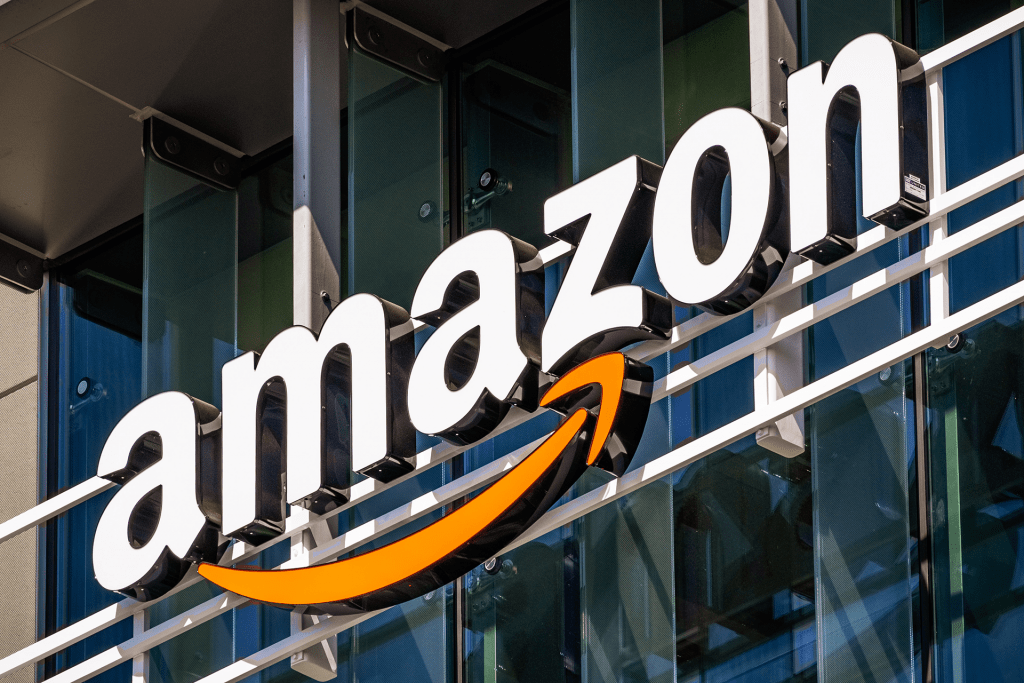
While Netflix is still building scale, Amazon, which rolled all of its Prime subscribers onto its ad tier by default, already has it. Ads boss Paul Kotas claimed at its May upfront that Prime ads now reach 200 million people globally each month, of which circa 115 million are in the US.
Ahead of the event, the firm also launched a slew of new shoppable ad formats as it bids to directly link its retail media and streaming ad businesses.
Analysts have suggested the company could take as much as $3bn from its Prime streaming ads business this year in the US alone.
The company is keeping its own Prime video ad projections close to its chest. “It's off to a very good start, " Chief Executive Andy Jassy told analysts in May. “It's early days, but we're optimistic there.”
Amazon’s broader ads business, largely retail media, is trending towards $60B for calendar 2024, given ad revenue was just shy of $47B for 2023 and growing at 26%. Amazon’s Q1 ad revenue, reported late April, was up 24% YOY to $11.8B.
Media buyers think Amazon’s ability to join together both performance and brand advertising, and deliver hard sales, sets the business apart.
Toby Jenner, global CEO of GroupM-owned agency Wavemaker, thinks Alphabet, Meta, Amazon and maybe TikTok, depending on what happens to the ByteDance-owned firm in the US, will collectively take around two thirds of all global ad dollars –i.e. not just digital ad spend – as soon as 2028. But he thinks Amazon now has the most joined-up approach.
“I love what Amazon is doing … they've got the commerce play, they've got the content play, they've got the technology play. [Amazon has] a great model – and probably the best example I've seen from a tech company driving a future-focused way of operating,” said Jenner.
So where does the march of global streamers into advertising’s heartlands leave traditional TV companies? Jenner is succinct. “They have to evolve quicker.”
Disney+ feels the force
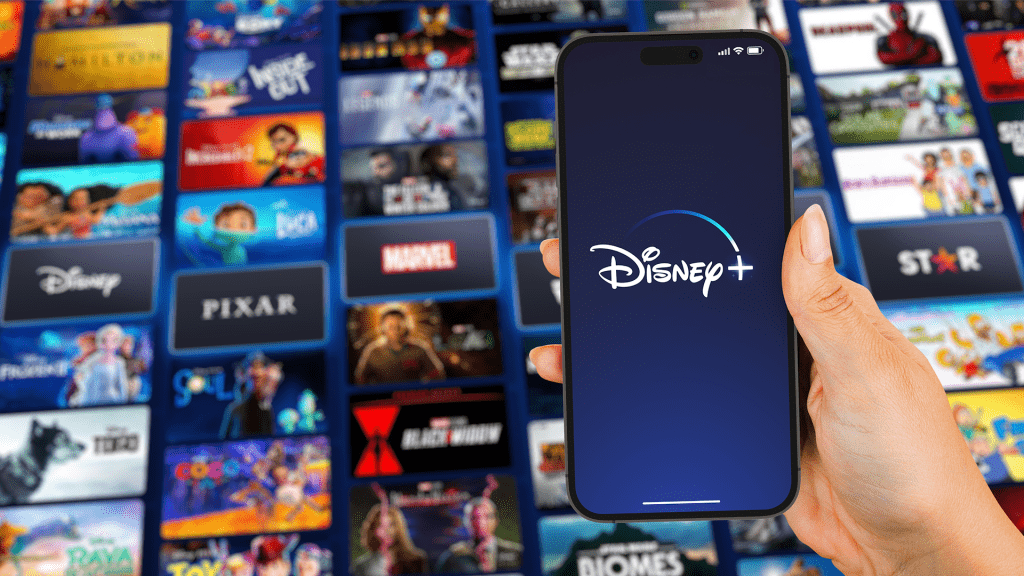
In fairness, TV’s old guard is now evolving at pace, with the move by Warner Bros. and Disney to collaborate and bundle services including Disney+, Hulu and Max the latest example.
The firm in March struck a deal with The Trade Desk and Google to expand its real time ad exchange (DRAX) in a bid to crank up ad revenue, linking its inventory directly to those DSPs as well as its arrangement with Magnite.
But while Disney+ turned its first ever profit last quarter, the company is behind both Netflix and Amazon with ad tier subscribers – now standing at 22.5 million according to CFO Hugh Johnston, who admitted the influx of other major streamers into advertising is having a negative impact.
“The challenge, obviously, in the advertising market right now is there's a lot more supply in the market, largely as a result of one of our competitors entering the ad tier,” Johnston told analysts. “But by and large, demand is out there, and it's pretty high. So as we lap our way out of the supply increase, I think we're going to be in a good spot as we enter next year.”
Either way, the company is in no doubt about where its future lies, with investments in linear TV set to be cut “pretty dramatically” according to CEO Bob Iger.
Which suggests the required evolution mooted by Wavemaker’s Jenner is accelerating.
